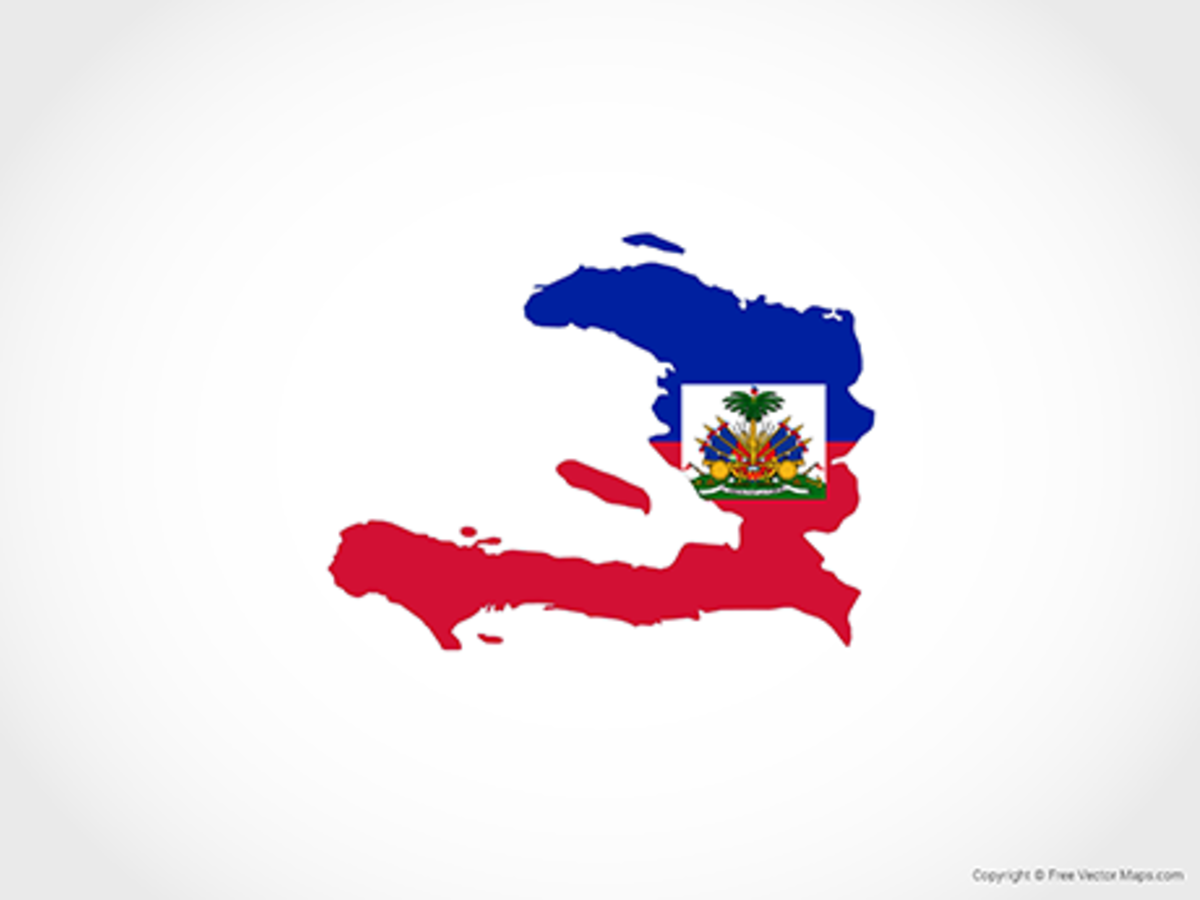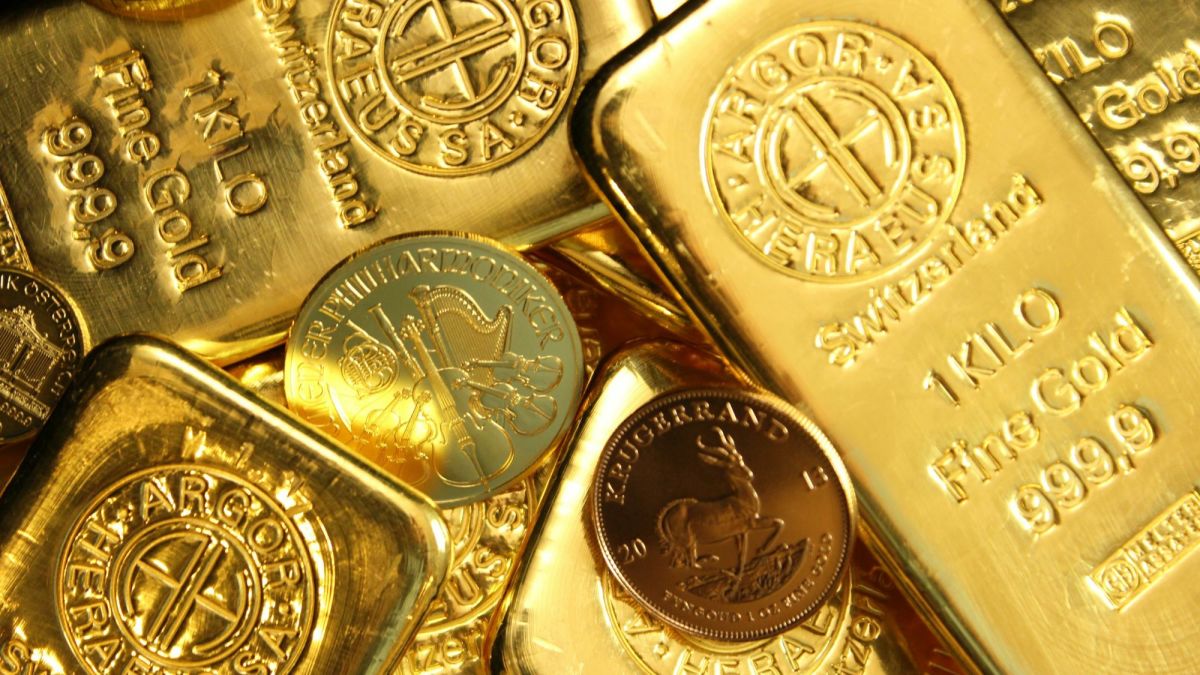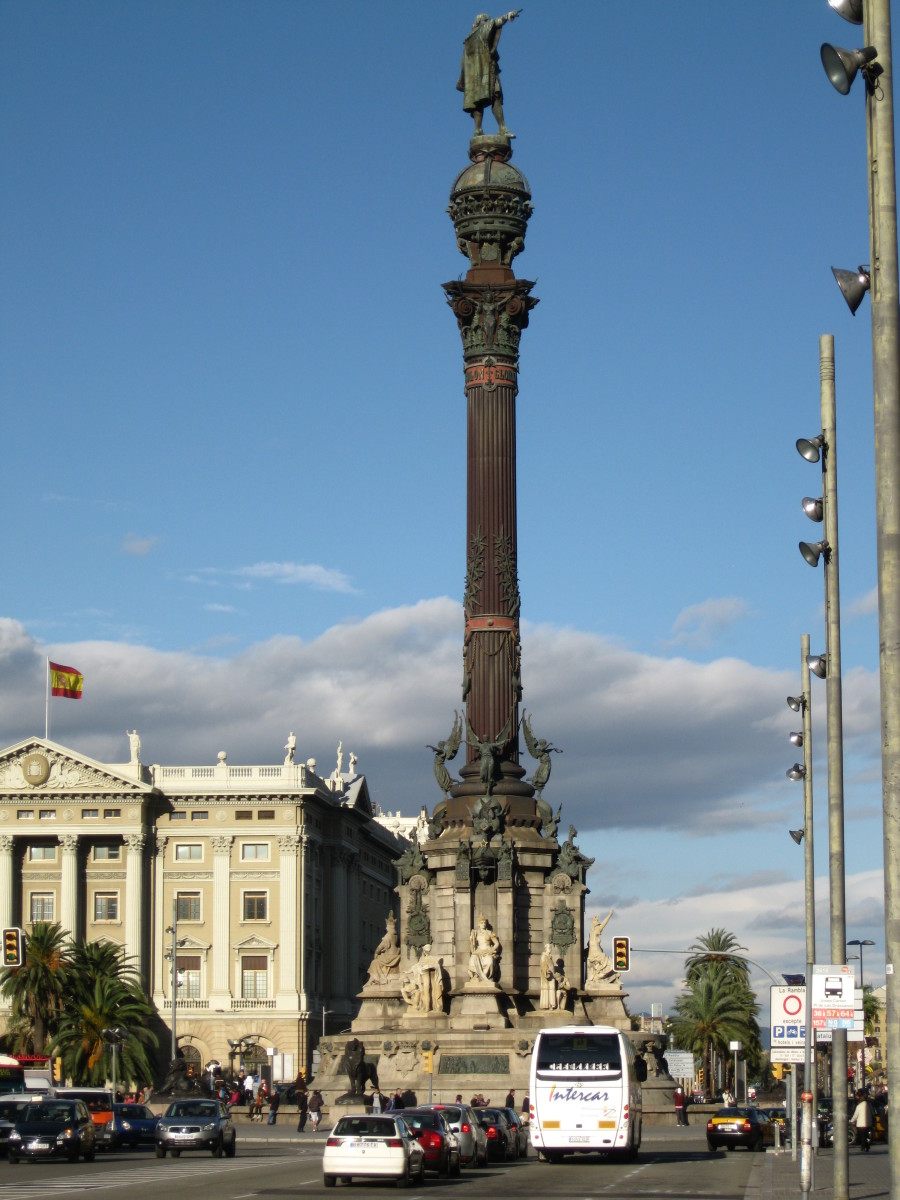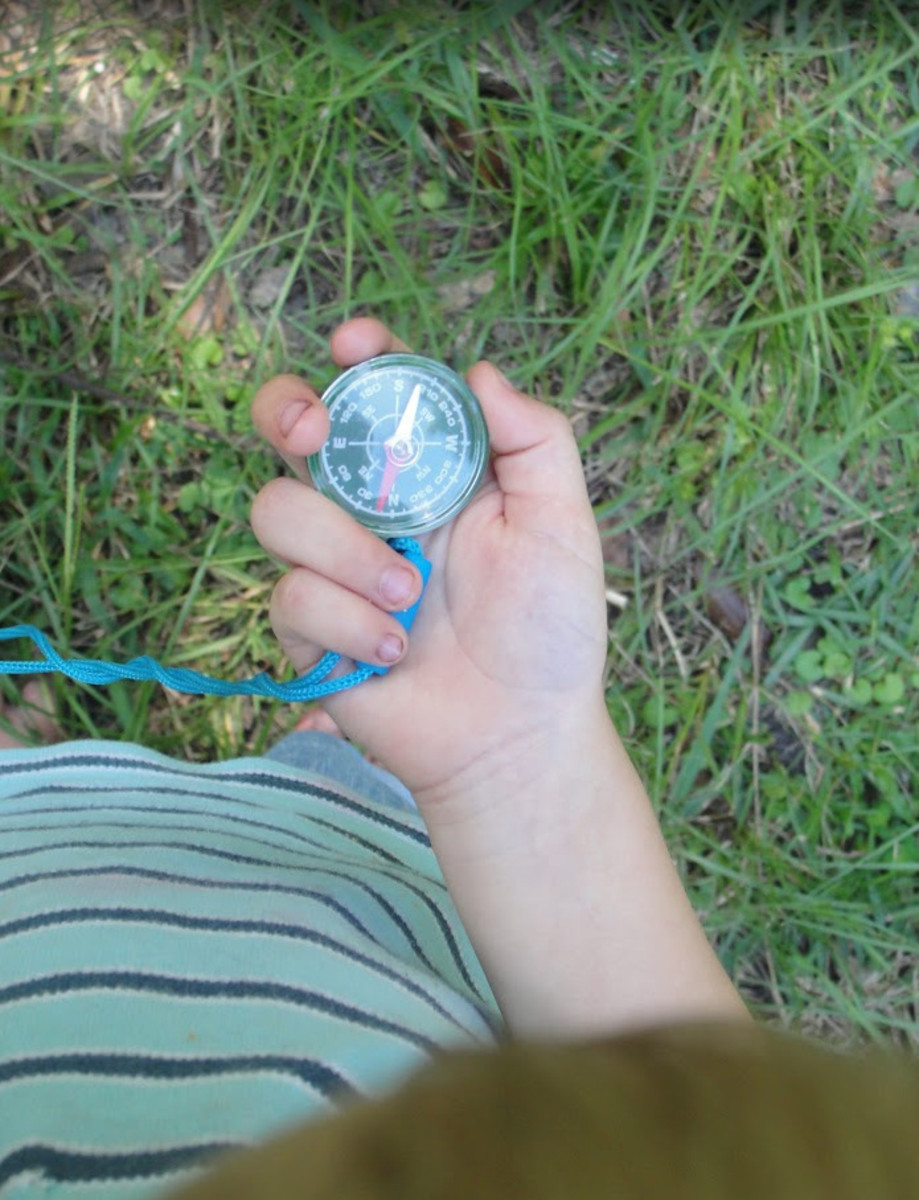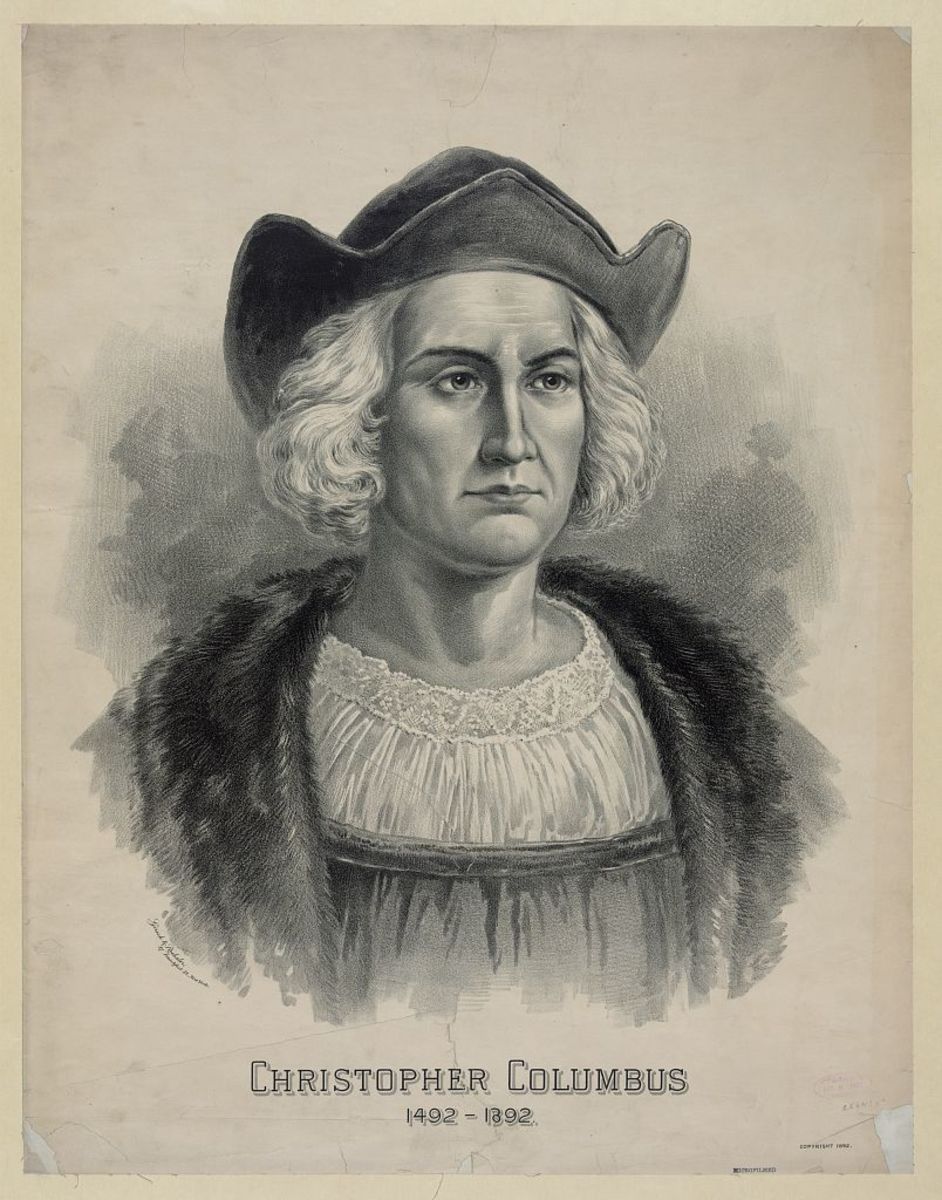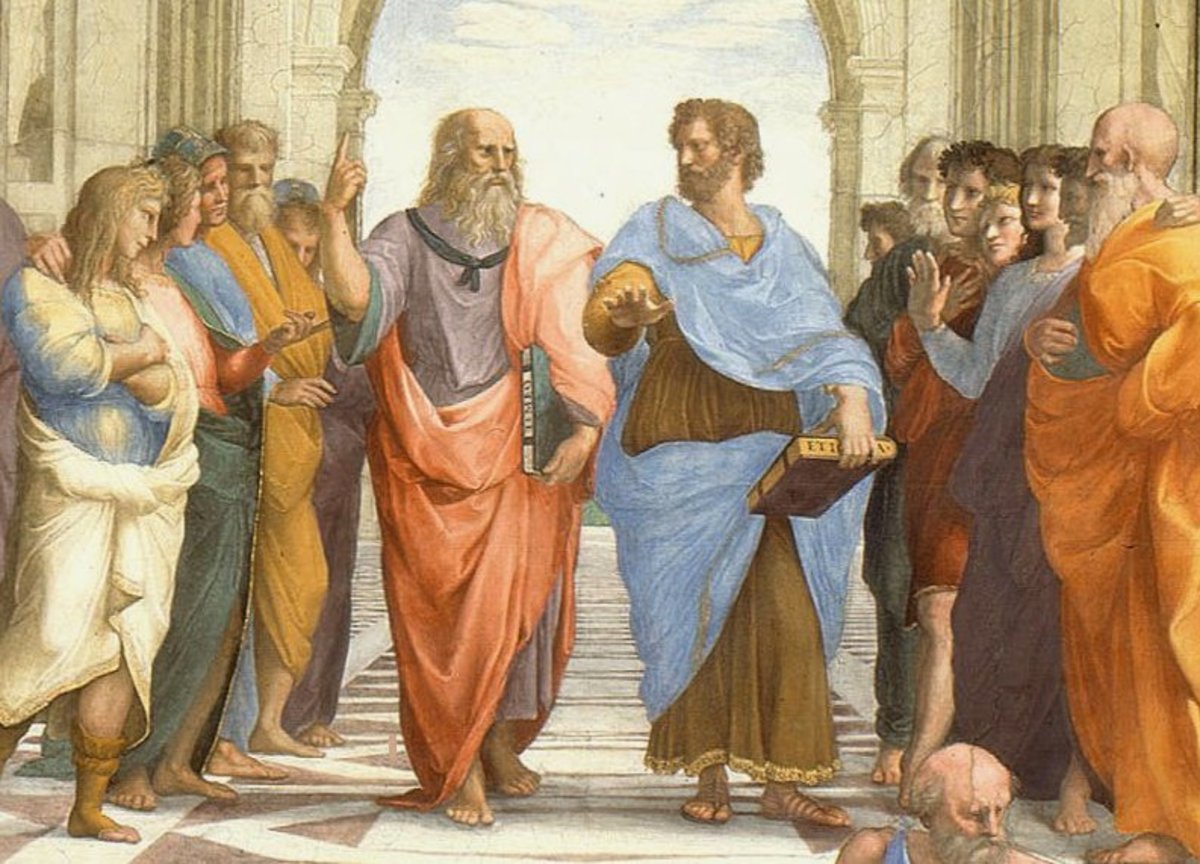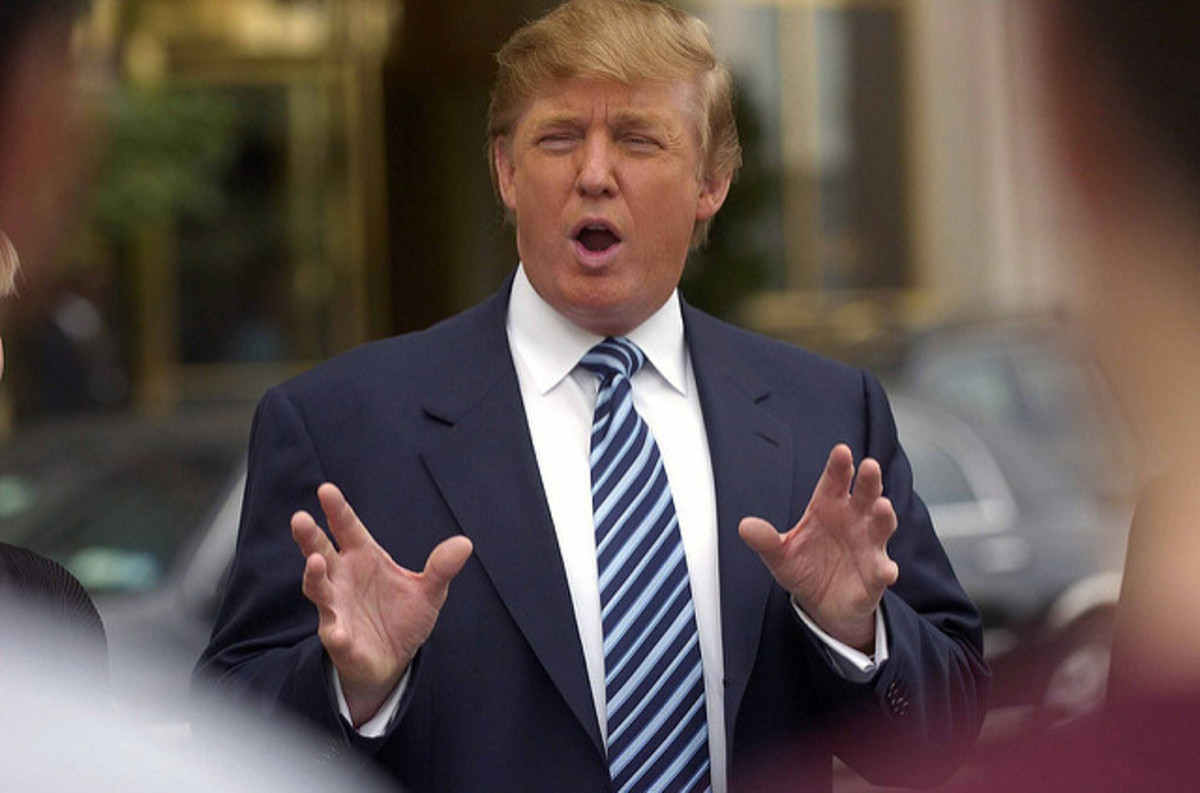Why Do We Even Celebrate Columbus Day?
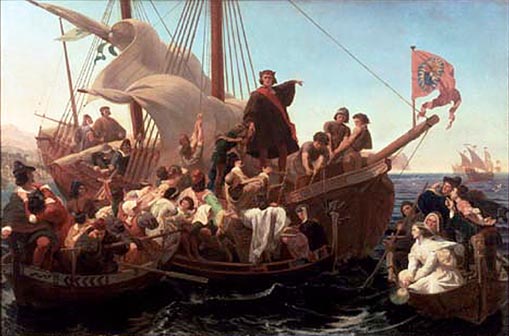
Christopher Columbus is the man we all recognize as the person who discovered America. He of course, is the one that receives all the credit for figuring out the earth was round, and for being the first European to reach the Americas. This, as much as it might surprise some people, is not actually true. There is evidence that suggests that Leif Erickson established a Norse settlement in what is now modern day Newfoundland, Canada, almost 500 years before Christopher Columbus made it to the Americas. When it comes to the revelation that the earth was round, most educated people in the society that Columbus lived in, knew that the earth was round, as many philosophers like Aristotle and Ptolome had already figured this out. By Columbus’s time, even Christian writers like Saint Bede had acknowledged the fact that the earth was indeed round and at the center of the universe. Many of the navigation techniques of the time also assumed a round globe. So, with all this, why do we still give him so much credit for what he did? Why do we celebrate Columbus Day? Well, we give him so much credit because he was the first person who made it know that there were lands that nobody had mapped out before. The great philosophers that people looked up to, and were thought to have the answers for everything, had no idea that these lands even existed. Columbus was the first to unite these two worlds, and by doing this, drastically changed the course of history for both.
Youth and Ideas
Columbus was born in 1451 in the republic of Genoa, which is found today in the northern part of Italy. His childhood was spent around ships and by the time he was nineteen, he was already working as a business agent for some very important Genoese families, allowing him to develop into an excellent sailor. Columbus was never formally educated, but he was very ambitious and learned many different languages, including Portuguese and Castillian. He also read and studied many of the works from the great philosophers. This gave him many radical ideas that turned out to be very difficult to dismiss. These types of ideas are the ones that got him thinking that there could be a way to get to the East Indies by going through the ocean.
Columbus had many ideas that were not necessarily on par with most scholars of his time. Some of the main ones were the circumference of the earth and the respective size of the lands in respect to the amount of water. Although most scholars agreed that the earth was round from the works of Eratosthenes, there was some confusion about the units of distance that he used. Therefore, the earth could have been anywhere from 30,000 km to 40,000 km in circumference. Columbus also thought that Cipango (Japan) was bigger and farther to the east than it actually was. Another fault in Columbus’s thinking was that he thought Eurasia spanned 180° of the earth. All of these misinterpretations led Columbus to believe that the two lands were a mere 3,700 km apart from each other, instead of the actual 19,600 km, a distance which no one believed to be reachable for any 15th century ship.
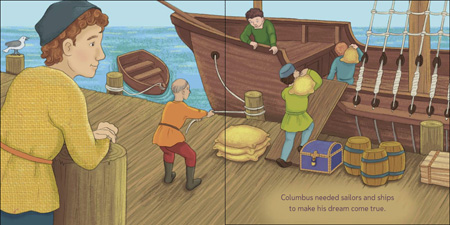
Search for Support
Portugal was one of the countries that was very interested in finding a faster and safer route to the Asian continent, as the Silk Road was getting more and more dangerous to travel and they wanted to cut-out the Arab middle-men in search for cheaper prices. In 1485 Columbus presented his plan to the King of Portugal, John II, asking for a one year time to sail to Asia, in search of a western sea route. The king submitted the proposal to his experts, who considered the proposed 3,800 km voyage to be much underestimated, therefore he denied him the grant. In 1488 Columbus tried again to obtain permission from John II to grant him support for the trip, but was again denied his request. At around this same time, Bartolomeu Dias returned to Portugal with news that he had successfully rounded the Cape of Good Hope in the southern tip of the African continent, completely negating any hope that Portugal would help Columbus make his journey. Columbus had to look elsewhere for the help. He travelled to Genoa, Venice, and Spain, while also sending his brother Bartholomew to the court of Henry VII of England, all to receive negative replies.
In 1486, Columbus’s idea was put on hold by the Queen Isabella’s and King Ferdinand of Spain because their advisors, like the Portuguese’s, thought that he had underestimated his values. However, in 1489 the Catholic Monarchs gave him an annual allowance and furnished a letter ordering all cities and towns under their domain to provide him food and lodging at no cost in order to prevent him from taking his ideas anywhere else. Columbus kept on lobbying to the Spanish crown for two more years and finally in 1492, Columbus was approved by King Ferdinand, allowing him to claim to be “the principal cause why those islands were discovered”.
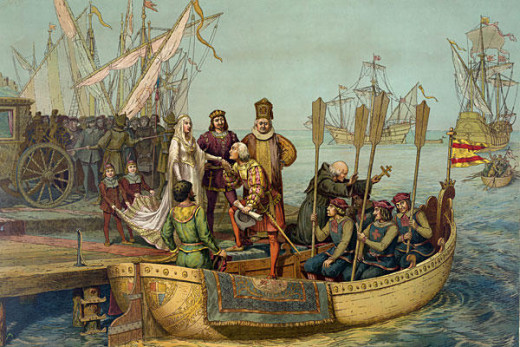
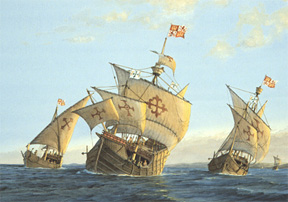
Voyages
On August 3, 1492 Columbus departed from Palos de la Frontera with three ships, a large carrack piloted by Columbus, and two smaller caravels, Pinta and Niña. Columbus first sailed to the Canary Islands to restock and make necessary repairs before finally heading out to the real voyage. He left the Canary Islands on September 6, for what would turn out to be a 5 week trip to the new land. On October 12, 1492 Columbus finally spotted land, on what is now modern day Bahamas, and named it San Salvador. He encountered some Peaceful Arawaks on the Island, and noted how easily they could be conquered and converted into Christians. He then continued on to the North-east Coast of Cuba and later to the island of Hispaniola, where his ship ran aground and had to be left behind. On the island, Columbus was received by the local cacique, who allowed him to leave 39 men behind to found the settlement of La Navidad before sailing back to Spain. He used the trade winds to reach Spain on March 15, 1493, impressing the Spanish Crown with his findings and spreading the news about new lands. While this first voyage was, historically the most important, it is also good to note that Columbus made three more trips to the New World after the original one.
On September 24th of 1493, Columbus made his second voyage with a fleet of 17 ships and accompanied by over 1200 men. This second trip was intended to establish permanent colonies in the new world which were going to be used mainly to convert the natives to Christianity. The third Voyage was mainly to resupply the main island of Hispaniola. On May 30, 1498, Columbus left Spain with six ships, three of them travelling straight to the island, and thee of them leaving alongside him to explore further south than they had previously explored. Columbus finally reached The Island of Trinidad, off the coast of Venezuela. Here he noticed the great amount of fresh water coming from the Orinoco river and came to the conclusion that he must have reached a large continental mass. He then left the Venezuelan region and headed for the island of Hispaniola, only to find very disgruntled settlers that would eventually force him to step down as governor of the new world.
His fourth and last voyage turned out to be a real disaster. The purpose of this last trip was to finally find the Strait of Malacca that would lead to the Indian Ocean. Columbus planned to dock on the island of Hispaniola to resupply before heading out to Modern day Mexico, but was denied entry by the governor as he detested Columbus. Columbus then formed a Harrison from Jamaica to cross the Belen River. This Harrison would eventually get stuck and attacked by natives. The rest of the ships were be attacked by ship-worms and a couple of major storms caused even more damage. He had to turn back to Jamaica and was left stranded on there for an entire year before finally being rescued. This failure to find a passage haunted Columbus forever and ruined his reputation as a great sailor.
Conclusion
What Columbus accomplished in 1492 was follow his dreams and trust in himself. His perseverance and his will to accomplish what he believed in never left him, to the point that it is doubtful that he ever accepted that he never actually reached the Indies. He alone changed the entire course of history with that trip, and with a little luck managed to make it back to Spain to tell everyone about it. Just imagine for a second if Columbus would have never made it back. Nobody would have attempted something so “crazy” again for a long time. Both worlds would have continued to develop at their own rate, and without influence from each other it is very hard to imagine what would have happened to the civilizations that were just beginning to form in the Americas. They might have developed into great kingdoms of their own and with time become just as developed as the old world. In the end, It is undeniable that everything that came next, whether good or bad, was all thanks to the discovery of the new land. It all came down to Columbus reaching those unmapped islands on October 12, 1492.

